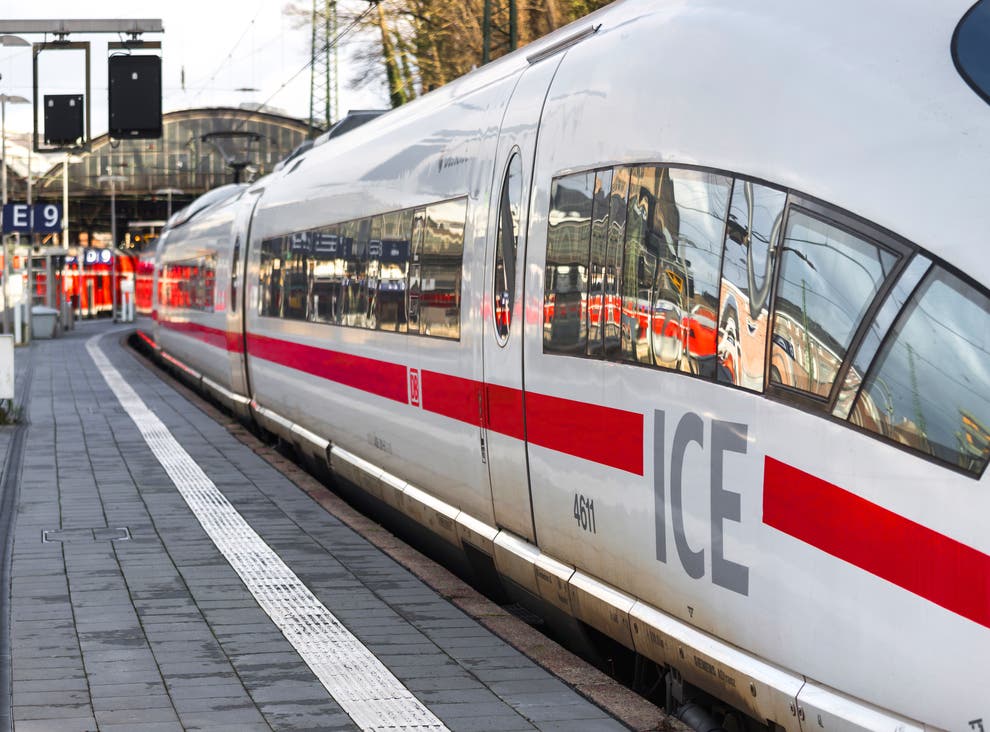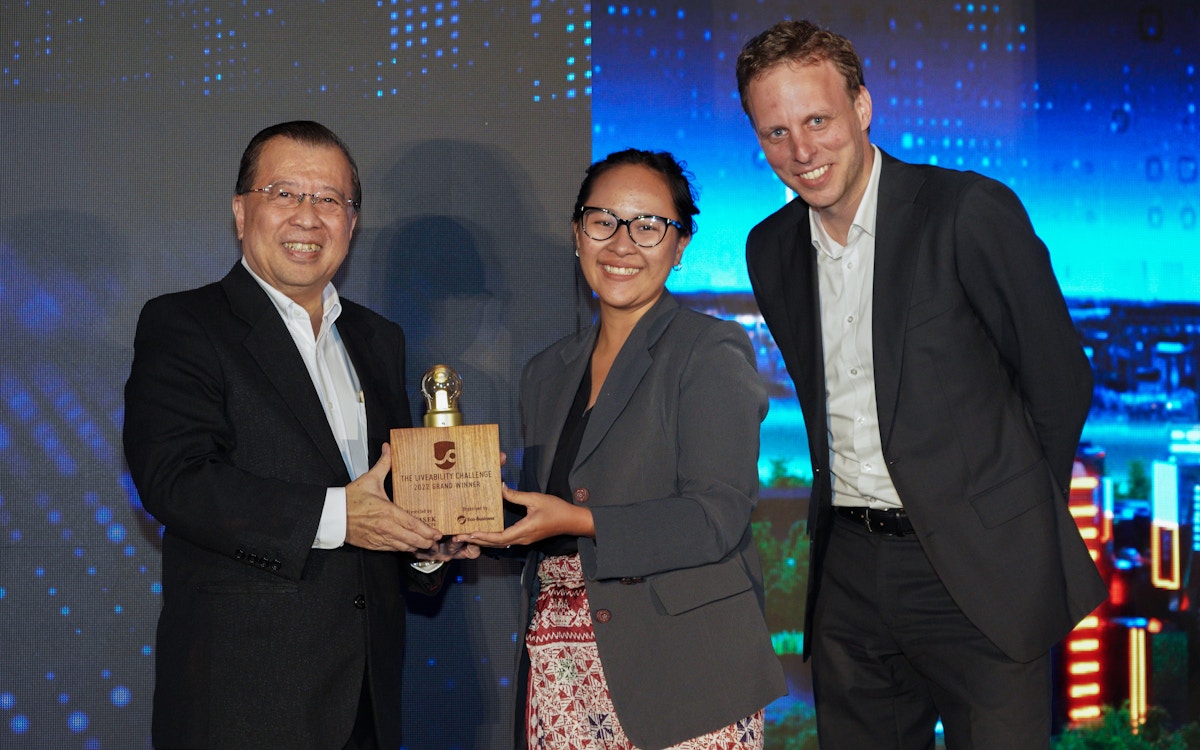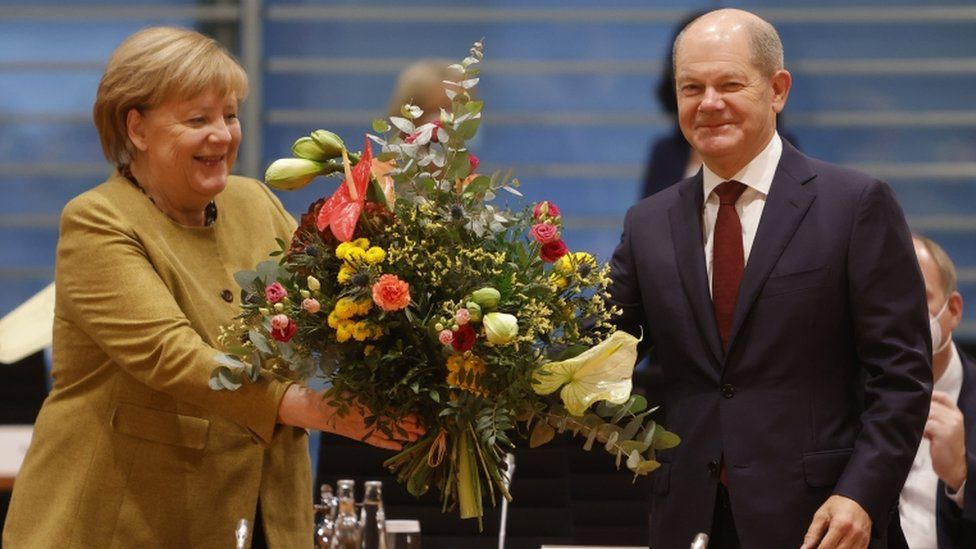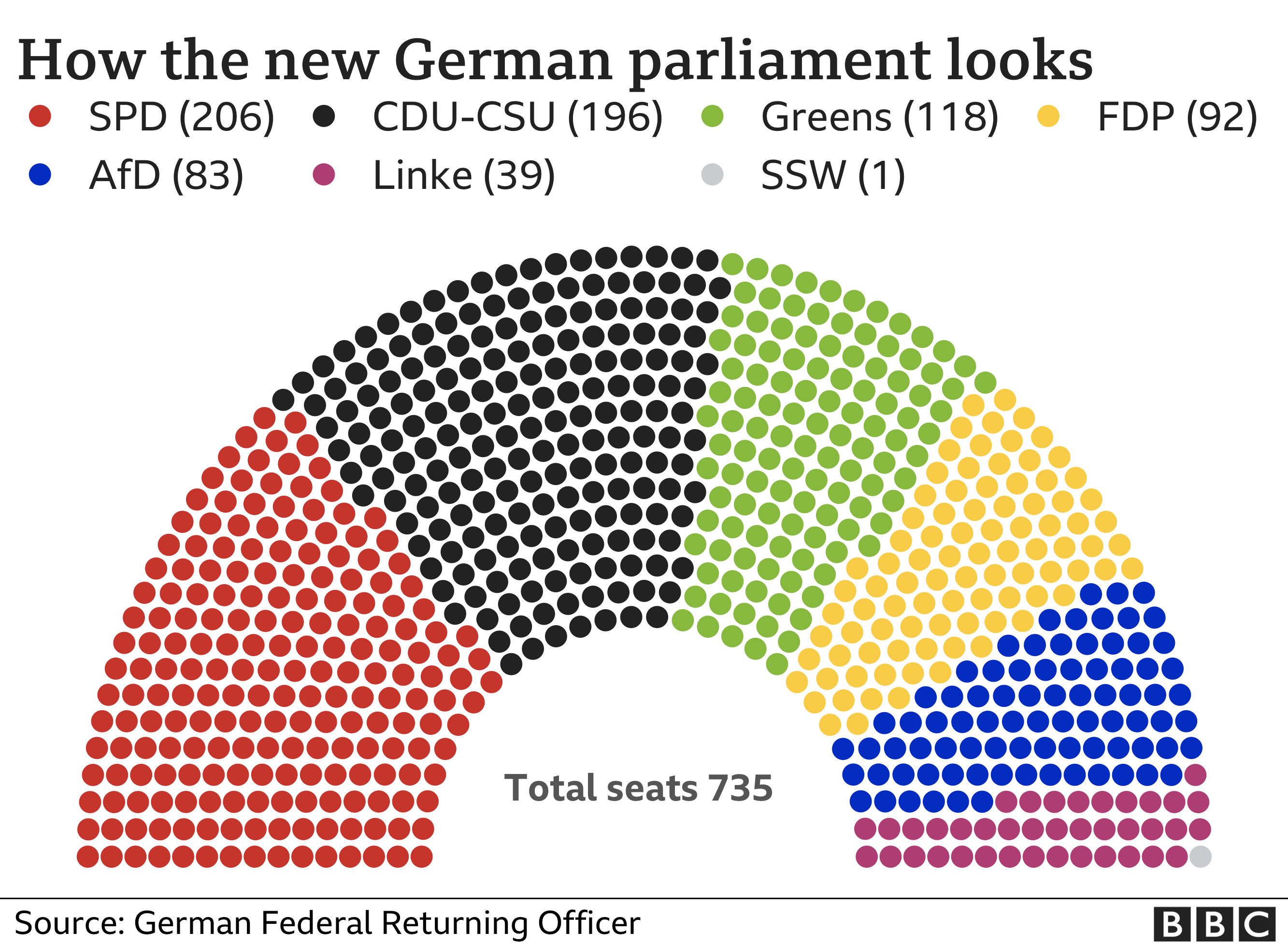
German train operator Deutsche Bahn will offer onboard food and drink in porcelain or glass to cut waste onboard its intercity and high-speed train services from 1 January 2023.
The reusable cups, plates and bowls will be free for customers to eat or drink from when ordering to-go products at the train’s bistro area, though passengers can still request plastic and cardboard packaging if they prefer it.
Rail customers will be able to choose between “high-quality” glass or porcelain for hot and cold drinks or food without needing to pay a deposit.
Deutsche Bahn’s passenger services chief Michael Peterson has said the “company is ‘driving forward its green transformation in onboard catering’”,The Guardian reported.
The move also lines up with a new supply chain law taking effect from January in Germany, which considers the environmental impact of medium and large companies.
The Supply Chain Act was passed in June 2021 by German parliament, and incorporates social responsibility as well as specific environmental risks.
Within this, all restaurants and cafes will be required to provide takeaway products in reusable packaging. There won’t be a single-use packaging ban, but a free alternative must be presented to consumers.

Sustainability is at the forefront of Deutsche Bahn’s core brand messaging, with the rail operator’s ‘This is green’ tagline signposting travellers to specified climate protection goals the company has outlined.
For example, according to the rail operator’s website, by 2030 Deutsche Bahn will have halved the amount of CO2 emissions produced. it’s also stated online that Deutsche Bahn already recycle more than 95 percent of the raw materials used.
Deutsche Bahn has set itself the goal of being climate neutral by 2040.
“To achieve this, we are utilizing an approach with three critical instruments: the shift to 100 per cent renewable power, the end of diesel and the start of the heat transition,” the German rail operator’s website says.
In August, rail analysts reported that short-distance train travel in Germany had increased by almost half after the new ticket was introduced.
Source INDEPENDENT








